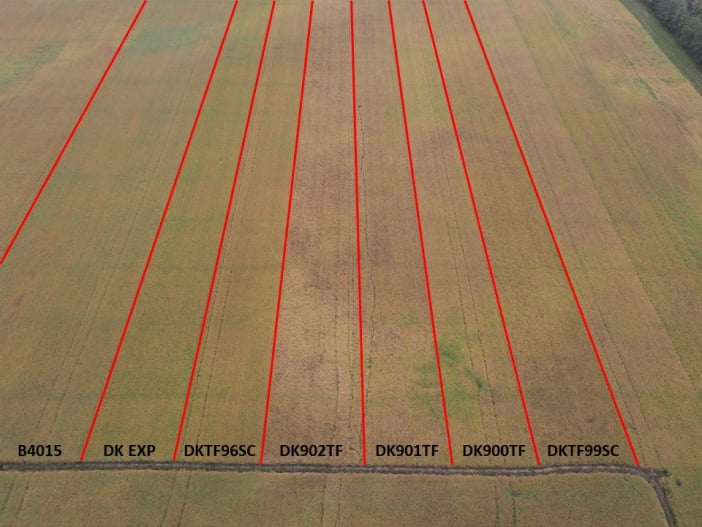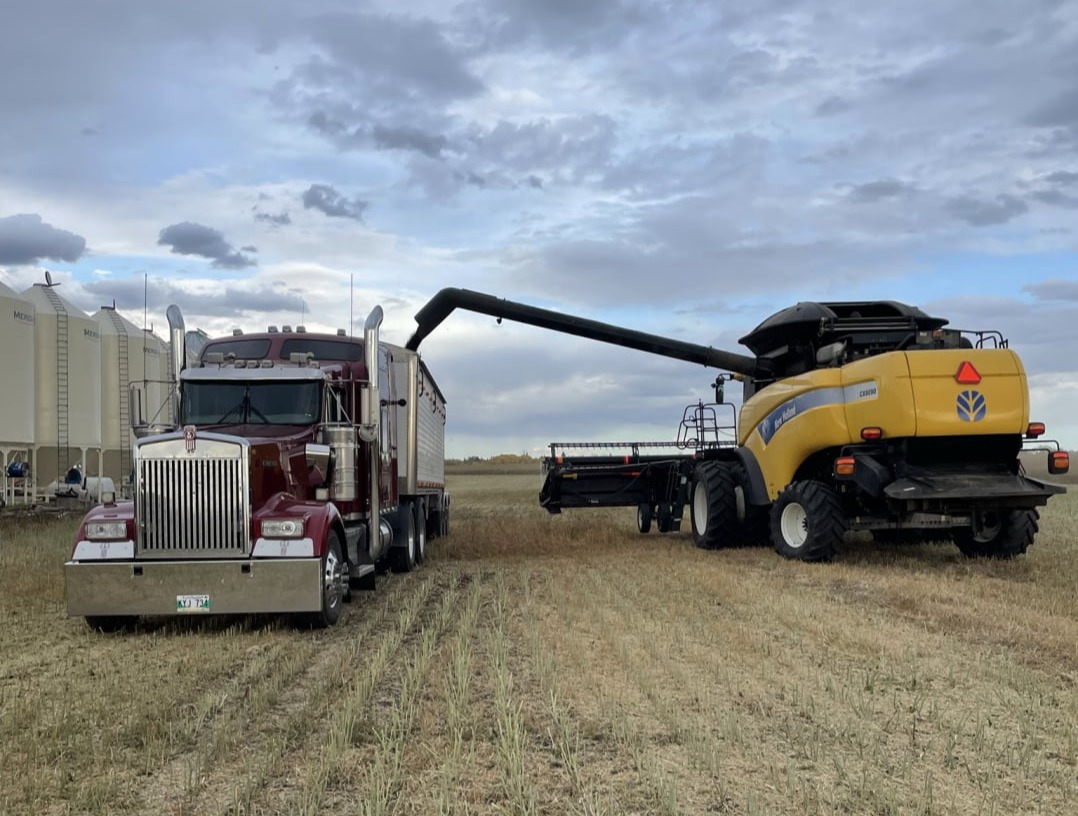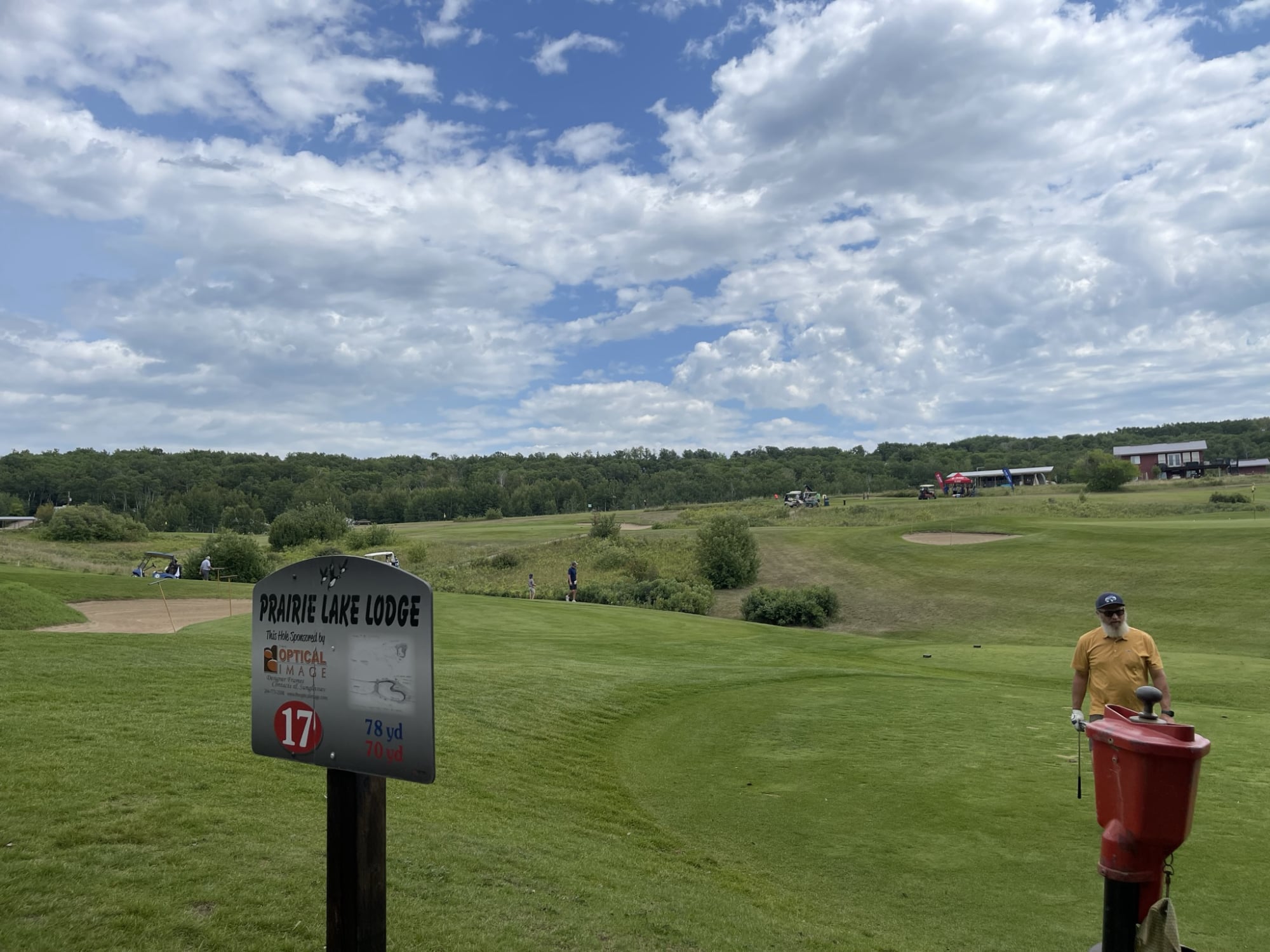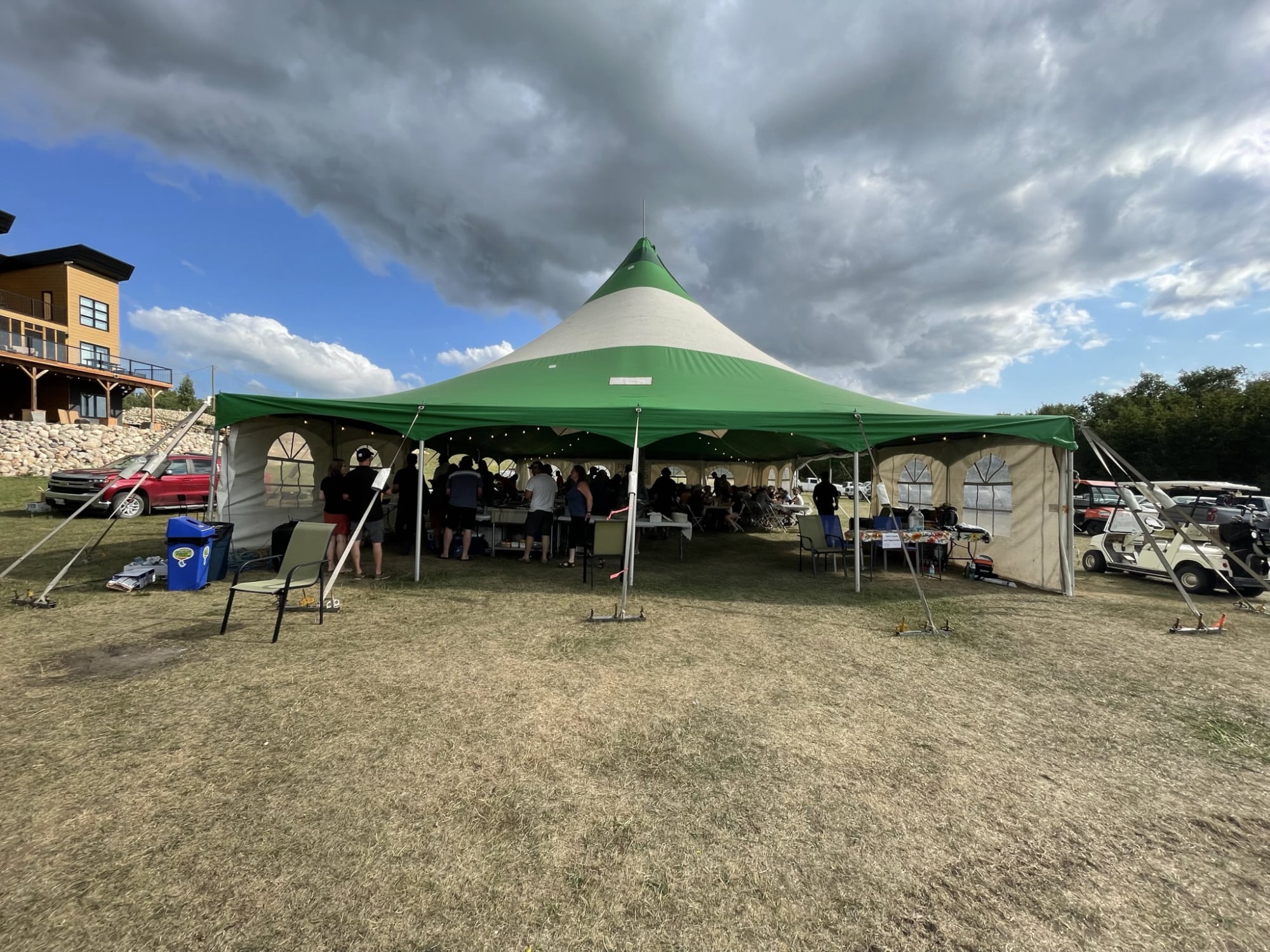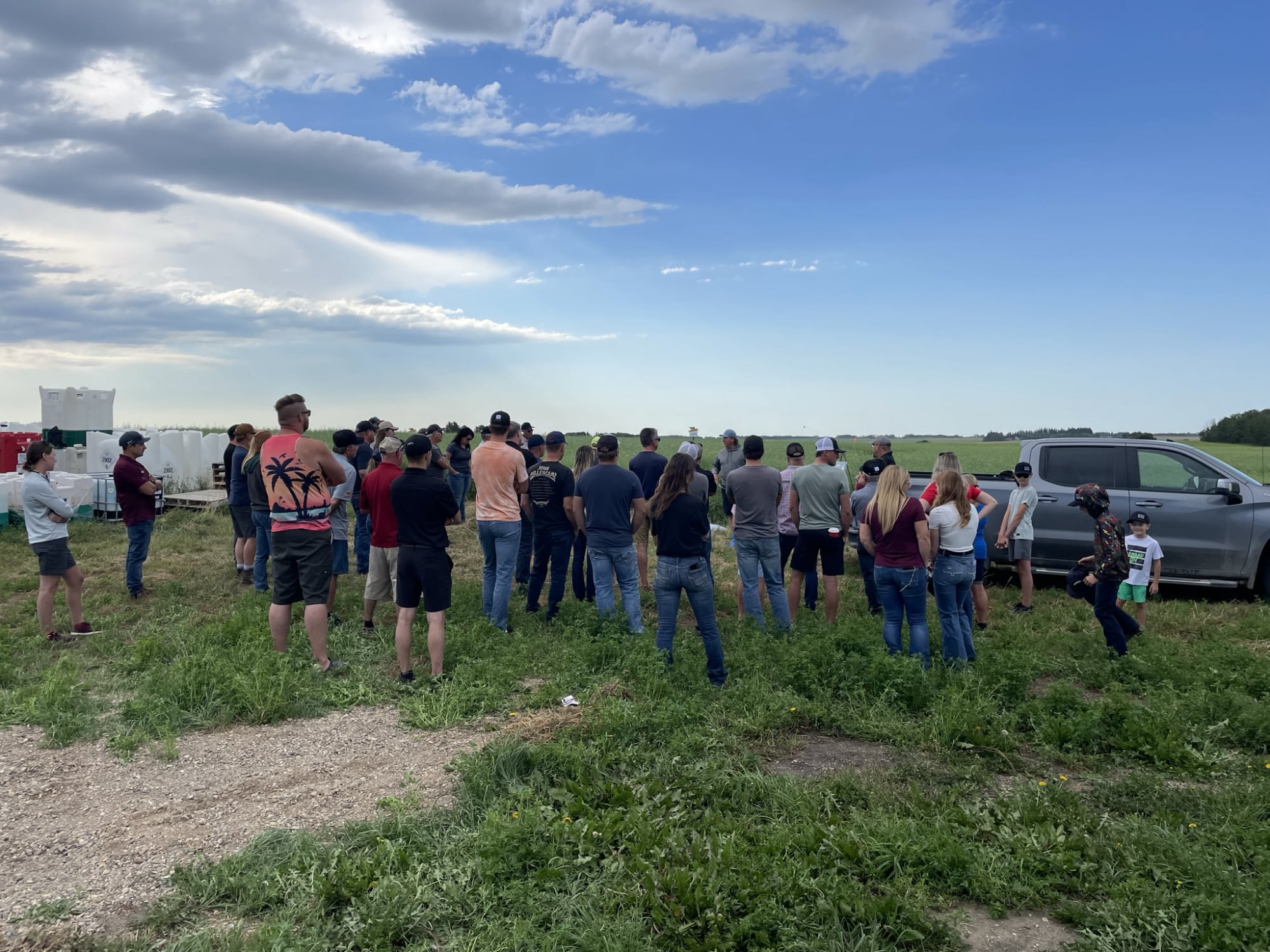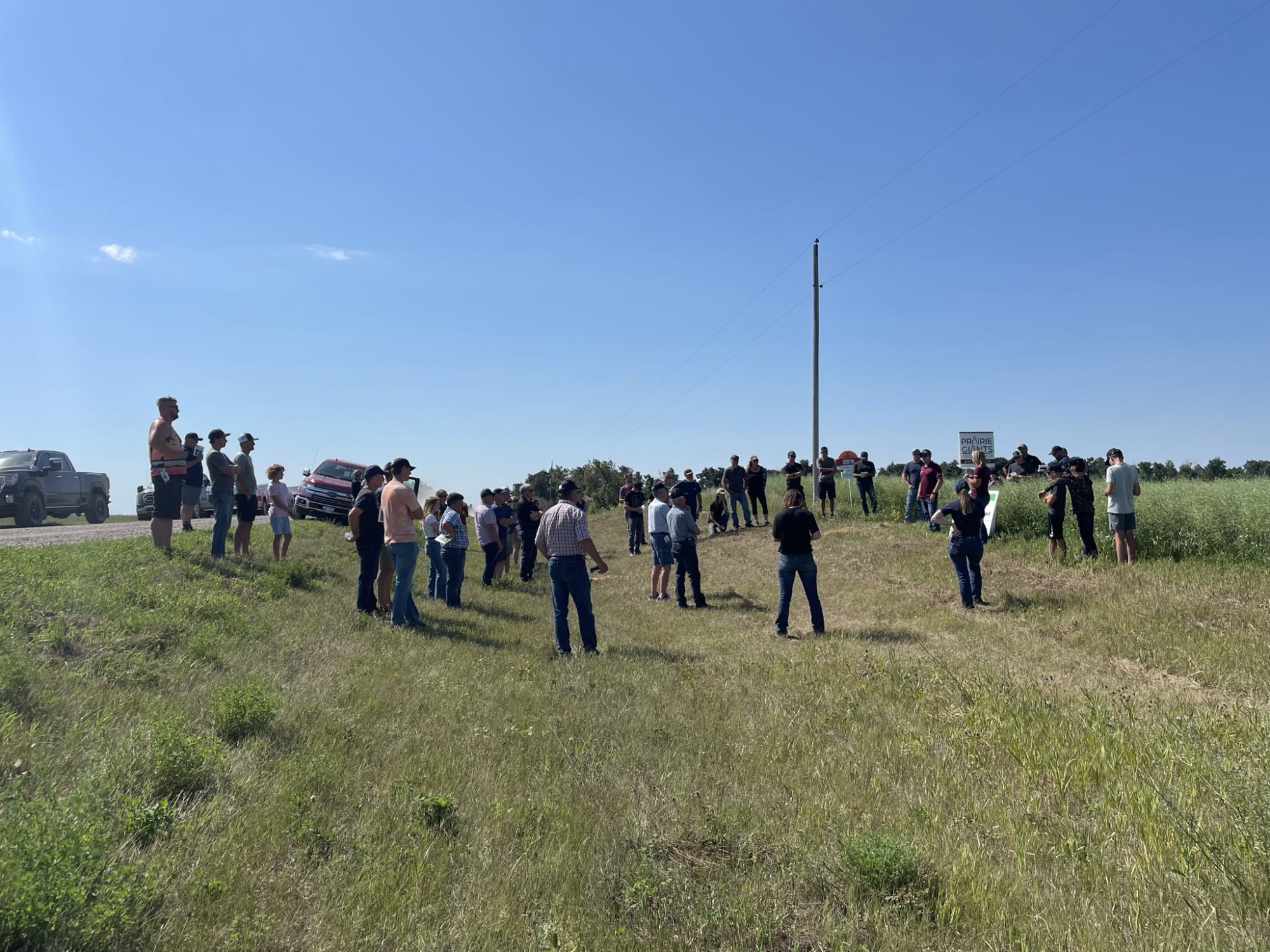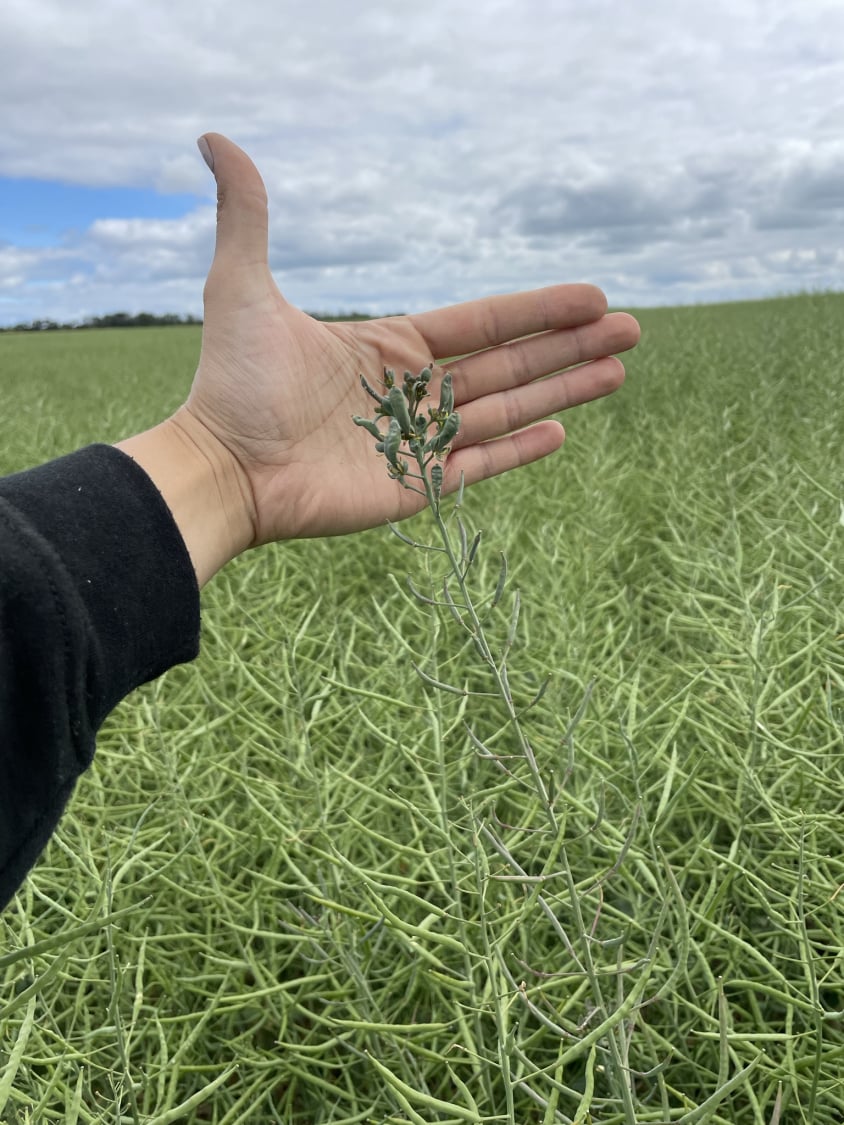
This spring brought warm weather and excellent seeding conditions leading to rapid emergence and good crop establishment. The first week of June saw hot and humid conditions, favourable for crop growth, but challenging for in-crop spraying. Because of this, we saw increased flashing in cereals and greater surfactant burn in canola. This weather also brought thunderstorms, including hail and extremely variable rainfall across our region.
Flea beetle pressure was also extremely variable this year, there were fields that got 3+ applications of insecticide, where many others got none. Even though flea beetle populations were similar to previous years, this spring had the least amount of flea beetle applications since 2018. This just shows how good conditions, where canola is growing rapidly, can easily outgrow high flea beetle pressure. We were very impressed with Buteo Start again this year.
Other insect issues included…
⦿ Leaf hoppers causing Aster Yellow, a disease carried by the insect, in wheat and canola. The disease does not usually cause significant yield loss, except in extreme cases like 2012.
⦿ Armyworms and grasshoppers in cereals, read more here.
